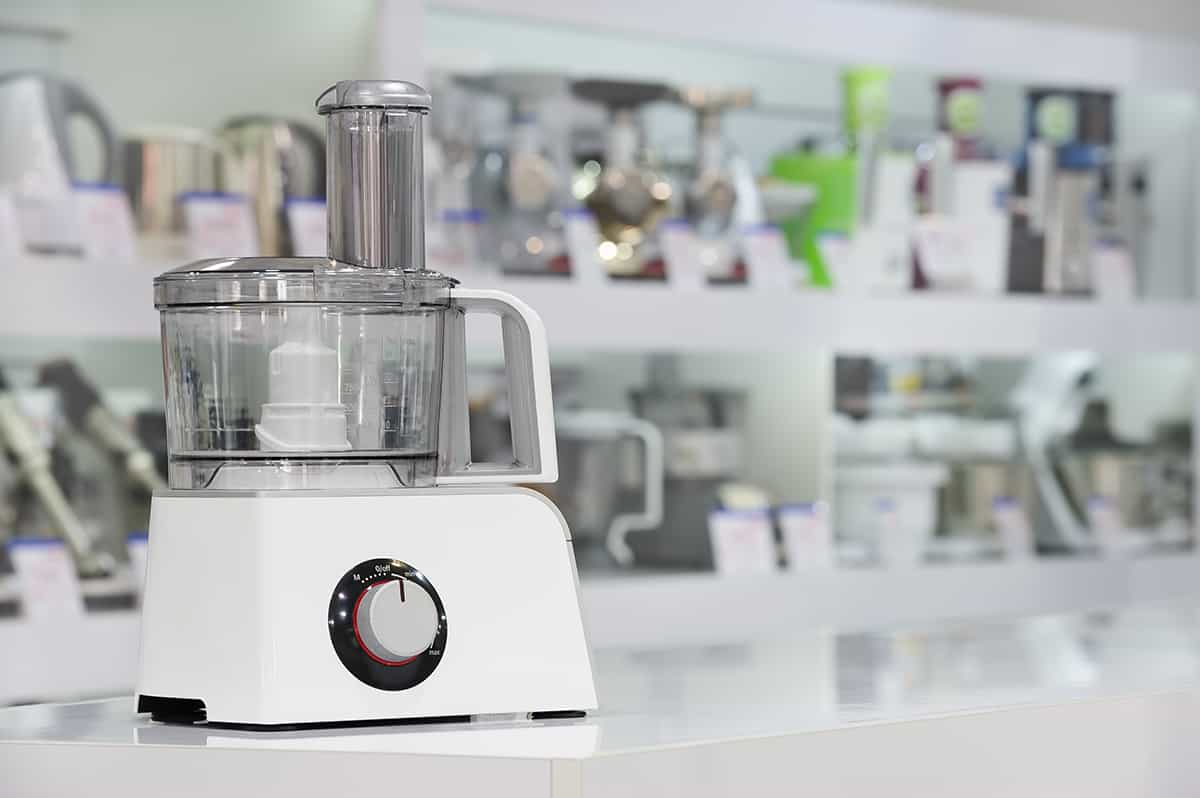Food processor alternatives embark on a culinary odyssey, showcasing a world of possibilities beyond the confines of a single appliance. Embracing traditional techniques and innovative tools, we explore the art of food processing with a fresh perspective, unraveling the secrets to creating delectable dishes without the reliance on a motorized marvel.
From the humble grater to the versatile mortar and pestle, our exploration delves into the strengths and quirks of each alternative, guiding you through the intricacies of manual food processing. We uncover the nuances of blade-free chopping, the rhythmic dance of whisking, and the satisfying crunch of pounding, empowering you to master the art of culinary transformation with a newfound appreciation for the simplicity of traditional methods.
Alternatives to Food Processors: Food Processor Alternative

While food processors are incredibly convenient and efficient, they can be bulky and expensive. Fortunately, there are several alternative kitchen tools that can perform similar tasks, making it possible to prepare delicious meals without a food processor.
Manual Food Chopper
Manual food choppers are handheld devices that use a rotating blade to chop food. They are ideal for small quantities of ingredients and are great for chopping vegetables, nuts, and herbs. They are also relatively inexpensive and easy to use.
Advantages:
- Compact and portable
- Affordable
- Easy to clean
Disadvantages:
- Not suitable for large quantities
- Can be tiring to use for extended periods
Manual Food Processing Techniques

Before the advent of electric food processors, people relied on manual techniques to process food. These methods, while requiring more effort, offer several advantages, including cost-effectiveness, increased control over the process, and a deeper appreciation for the ingredients.
Chopping and Dicing
Using a sharp knife and a sturdy cutting board, you can chop and dice vegetables, fruits, and herbs with precision. This technique allows you to control the size and shape of the pieces, ensuring consistency in dishes. Additionally, manual chopping preserves the natural textures and flavors of the ingredients, resulting in more vibrant and flavorful dishes.
Grating and Shredding
A box grater or a handheld grater can be used to grate hard cheeses, vegetables, and fruits. Grating produces fine, even pieces that are perfect for adding texture and flavor to salads, pasta dishes, and baked goods. Shredding, on the other hand, involves using a shredding blade to create long, thin strips, commonly used for vegetables like carrots, zucchini, and potatoes.
Slicing and Julienning, Food processor alternative
A sharp knife and a steady hand are essential for slicing and julienning. Slicing involves cutting ingredients into thin, even pieces, while julienning creates thin, matchstick-shaped pieces. These techniques are commonly used for vegetables and fruits in salads, stir-fries, and garnishes.
Kneading and Mixing
Manual kneading and mixing are essential techniques for baking and pastry-making. Kneading dough by hand develops the gluten network, resulting in a chewy and elastic texture. Mixing ingredients with a whisk or a wooden spoon ensures even distribution and incorporation of all components.
Efficiency and Effectiveness
While manual food processing techniques require more time and effort compared to using a food processor, they offer several advantages. Manual methods allow for greater control over the consistency and texture of the ingredients, preserving their natural flavors and textures.
Additionally, manual processing encourages a deeper connection with the food, fostering a greater appreciation for the ingredients and the culinary process.
Recipes Designed for Alternative Food Processing

Recipes specifically designed for alternative food processing methods offer convenience and adaptability for those without food processors. These recipes consider the limitations and capabilities of manual techniques, ensuring successful preparation and delicious results.
Adapting Existing Recipes
Adapting existing recipes for manual processing requires careful consideration. Techniques like chopping, mincing, and slicing need to be adjusted. For instance, chopping vegetables by hand may require smaller pieces than when using a food processor’s coarse chopping blade. Additionally, recipes may need to be scaled down to accommodate the smaller batches produced by manual processing.
Impact on Recipe Outcomes
Using alternative methods can impact recipe outcomes. Manually chopped ingredients may result in a different texture compared to machine-processed counterparts. However, this variation can sometimes enhance the dish’s overall flavor and texture, adding a rustic or homemade touch.
Query Resolution
What are the benefits of using food processor alternatives?
Food processor alternatives offer several advantages, including cost-effectiveness, portability, durability, and the ability to process smaller quantities of food with greater precision.
Can I use food processor alternatives for all types of food processing tasks?
While food processor alternatives can handle a wide range of tasks, certain operations, such as kneading dough or pureeing large quantities of food, may be better suited for a traditional food processor.
How can I adapt recipes for manual food processing?
Adapting recipes for manual food processing often involves adjusting the size of the ingredients, increasing the processing time, and using alternative techniques for chopping, grating, or mixing.
